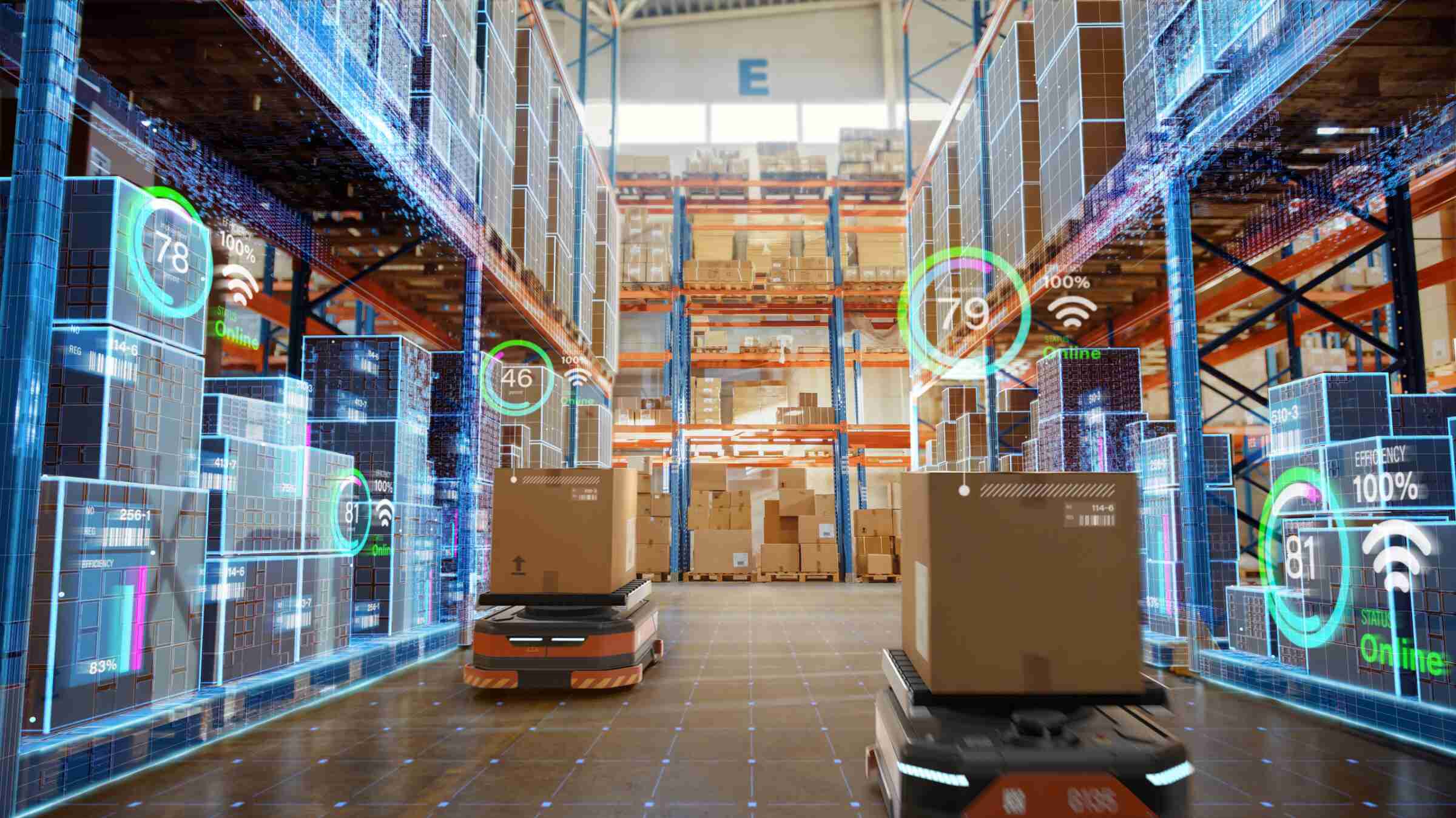Change is a constant in business. So, your needs from a third-party logistics (3PL) provider will most likely evolve — particularly if you’re in growth mode.
It’s not just about increasing volume. In the years ahead, your business may, among other things, add new product lines, add new markets and channels, shift business models, and change sourcing strategies.
Shifts in the business don’t have to mean changing out a 3PL provider, though. With genuine collaboration, your company and its chosen 3PL partner can grow together, adapting to changes and scaling operations as your needs evolve and product volume fluctuates.
The following three steps help ensure your 3PL partnership can go the distance:
1) Pay attention to your 3PL’s evolving business.
Just like retailers, 3PLs are constantly growing too. So, while you’re keeping tabs on the health of your relationship with a 3PL, it pays to monitor their overall status as well.
The ability to reliably fill orders is a basic requirement. Flashy marketing and cool tech are great, but if you can’t count on your 3PL to execute consistently at scale, that spells trouble for your business.
In the past twelve months, we’ve seen a number of 3PLs either go bankrupt or face financial difficulty. Often, they struggle to provide sufficient labor, acquire additional space, and pay parcel carriers on time, degrading their ability to meet SLAs.
That degradation, encapsulated by a dramatic drop in service quality, puts their customers in a precarious position. Instead of executing their growth plans, companies that solicit services from an unreliable 3PL may be forced to refocus their efforts, with the time-sensitive task of finding a suitable replacement taking the limelight. This can sometimes be a lengthy process that draws resources away from vital operations and damages, at least in the interim, growth.
In addition to asking your 3PL for regular updates on their financial health, seek independent resources such as analysts and media, foster relationships with other companies using the same 3PL, or consider performing on-site audits to get a complete picture of their business’s status.
2) Be an active contributor to 3PL feedback opportunities.
This will help shape their roadmap to your needs and give you a sense of their priorities.
Your business likely has a five-year plan that you revisit as market conditions change and new opportunities arise. Your 3PL does, too. The best way to ensure your growth plans and your 3PL’s capabilities stay aligned is to speak up and influence their planning and decision-making.
At WSI, we discuss our customers’ evolving needs whenever necessary, as well as in quarterly reviews. When we ask about your company’s growth plans, the information we gather doesn’t just help us understand and serve you better. It also lets us make strategic decisions about WSI’s evolution and growth.
Chances are your 3PL will convene customer events, field user surveys, and request one-on-ones with your senior executives from time to time — we certainly hope they do, at least. Embrace those opportunities as a chance to be an active contributor. The better our understanding of our customers’ specific needs, the better we can shape our business to continually meet them.
3) Meet at least quarterly to align on forecasts and goals.
The first two tips are largely about ensuring the 3PL side of the partnership is prepared to scale with your business. Now it’s all about you.
WSI strongly recommends regular business reviews based on the complexity and tenure of the shipper-3PL relationship. For example, more complex and/or newer customers may meet once a week, while more straightforward/veteran customers may meet quarterly.
These meetings are our chance to gather and share information to ensure we comprehensively understand your strategy and goals. In addition to reviewing KPIs around performance to date, we always set aside time to talk about the future, both short-term — maybe you’re planning a big promotion that will impact order volume — and long-term, such as planning an acquisition or adding a new perishable product with special handling requirements.
We can use our experience and expertise to ensure that the logistics aspects of those moves run smoothly and successfully.
By following the steps given — monitoring your 3PL’s health, actively providing feedback, and aligning on forecasts and goals — you can develop a robust and adaptable partnership. This visionary approach ensures your 3PL not only meets your current needs but is strategically positioned to become an extension of your team, supporting your business as it scales and grows and mitigating future challenges together.


